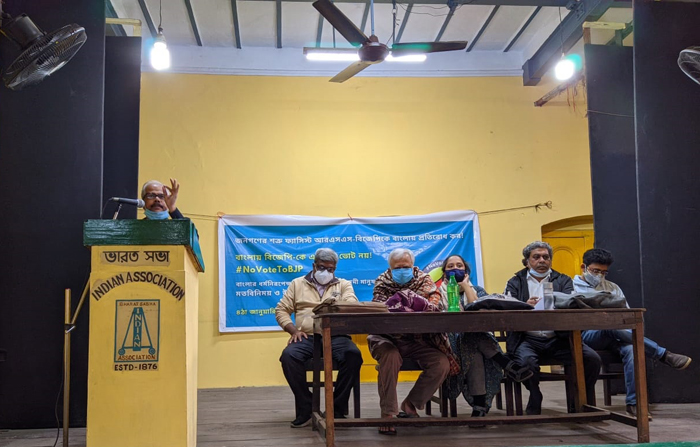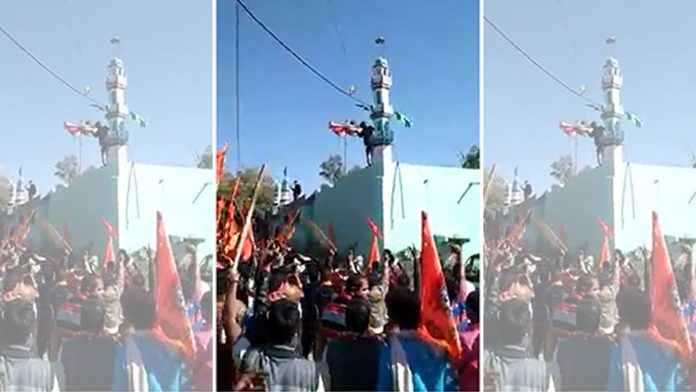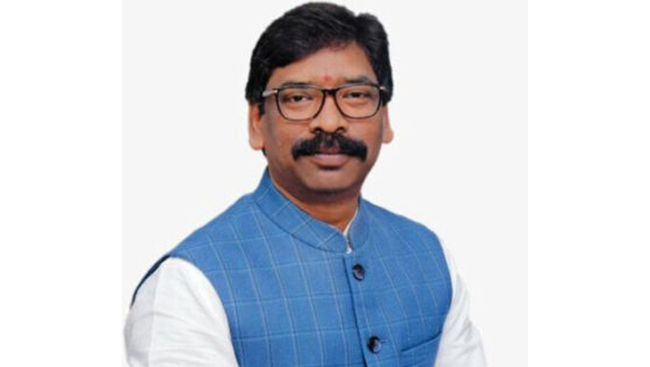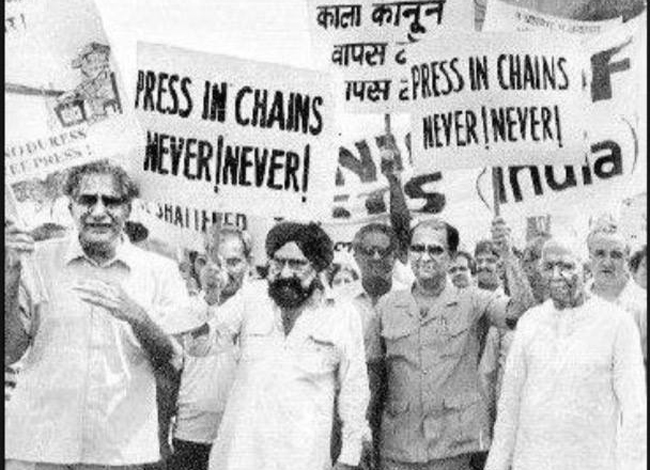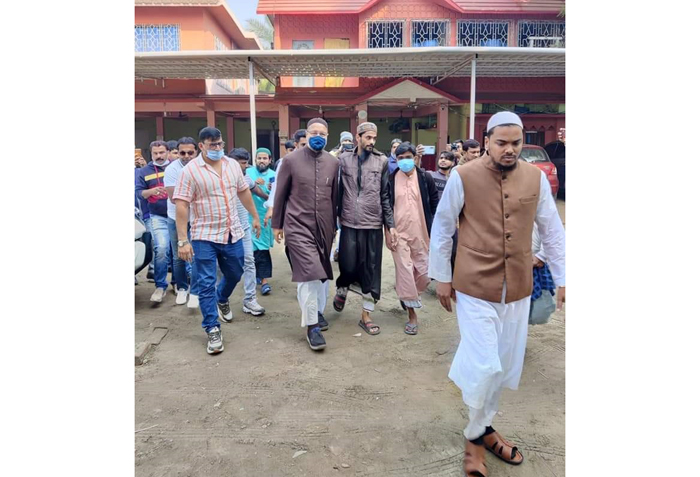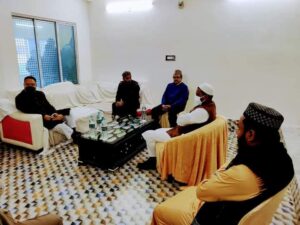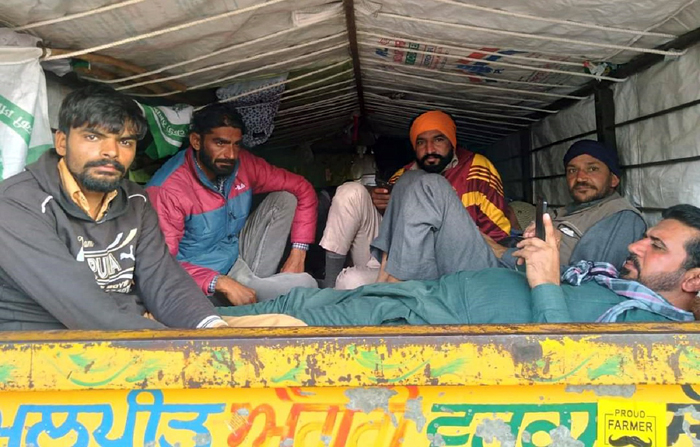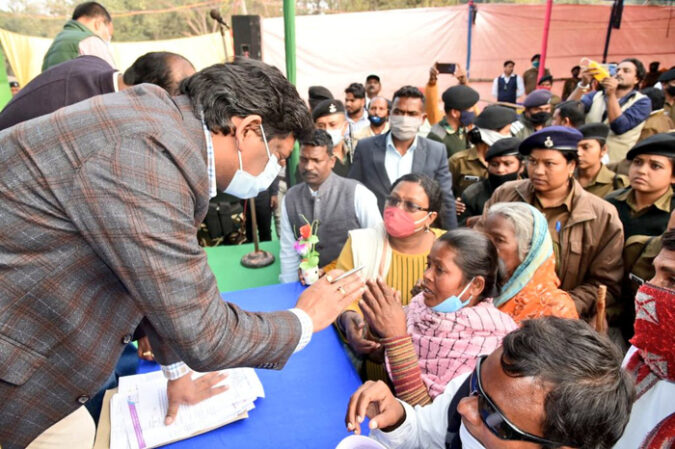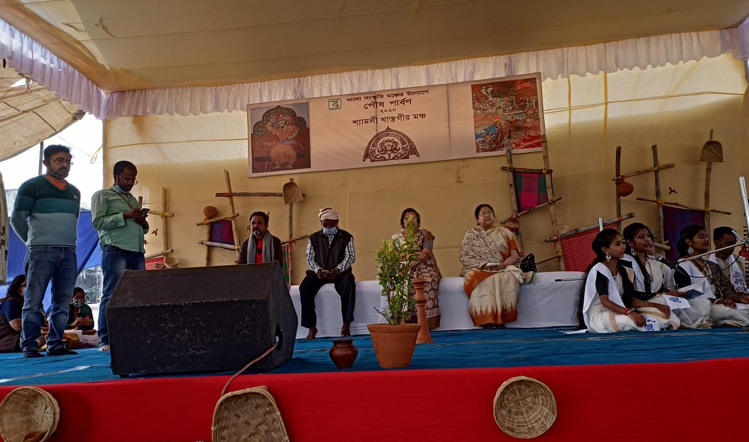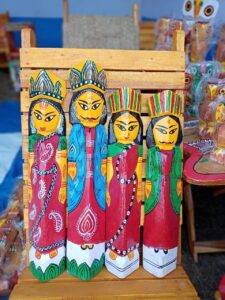Kolkata: A section of Anti-Bharatiya Janata Party Left groups and individuals together have launched a campaign– No Vote To BJP in Kolkata on Monday under a forum named ‘Bengal against Fascist RSS-BJP’ urging people of the state not to vote for the BJP in the coming assembly poll.
Most of the activists, both of Naxalite and non-Naxalite origins who joined the citizens convention recalled the pre-lockdown growing agitation against the Narendra Modi-Amit Shah regime’s communalised citizenship matrix– CAA-NRC-NPR. They wanted to regain the momentum in the context of the assembly poll before it is too late.
One of the organisers reflected the sense of urgency by pointing to BJP’s growing graph in Bengal vote-shares that has not only pulled up the party second to incumbent TMC in 2019 general election but also increased the violent show of strength by the larger Sangh Parivar outfits both in Kolkata and districts. “Lynch mobs and riot-mongers are no more restricted to Gujarat, UP and other BJP-ruled states. We are already late in rising to the occasion,” she said to a packed hall.
The footprints of corporate-Hindutva tango
The resolution passed by the convention enumerated the footprints of Ambani/Adani-Modi tango, a la Hitler and Mussolini, the original icons for RSS ideologues. It focussed on the very fascist nature of the Narendra Modi regime by highlighting its successive onslaughts on the secular democratic edifice of Indian federal republic by sweeping attacks on the rights of the minorities and systemic subversion of the independent constitutional institutions including judiciary and media. The declaration described such moves as the testimony to the agendas of the crony corporates and the RSS-led majoritarian religious nationalists to fast forward the pluralist polity’s turn towards an one nation-one election-one party-one leader rule.
The moves towards the neo-Nazi terror-state included de facto abrogation of article 370 of the Constitution (to annul the special status of J&K and the abolition of its statehood), amendment to the Citizenship Act (to make nationality religion-based) and announcements for countrywide National Register of Citizens (to weed out Muslim infiltrators) and National Population Register (that forces individuals to be state informers on neighbors).
Stringent anti-terror laws (to muzzle every dissent against the government as anti-national and to put civil society members behind bars for years under false charges) and anti-‘love jihad’ laws in BJP-ruled states (to penalise Hindu-Muslim marriages) were the other signposts. The on-street attacks on Muslims and Dalits by cow-vigilantes and targeted killings of left-liberal intellectuals like Kalburgi-Pansare-Davolkar-Lankesh were also counted among the corollaries.
The prime minister has epitomized this politics of communal hatred and religious bigotry by taking a personal role in the construction of the Ram temple at the very site of demolished Babri mosque after the Supreme Court made a mockery of constitutional principles and rule of law over the century-old land dispute.

The design for over centralization has already been dovetailed to the wish list of the neo-liberal market forces through demonetisation- nationwide GST (general service tax) in the first term of Modi regime. The regime has made rapid moves to pro-corporate labor, farm and environment laws either to sell off or simply reward the cronies with the state-owned companies in core industries as well as state-built infrastructures and institutions in telecom, banking, aviation, railways, mining and insurance. Most alarming are such arbitrary steps in health, education and essential food supply sectors.
The government’s inhuman treatment of migrant laborers during the prolonged lockdown and the meagre doles to those millions who have lost livelihoods, in contrast to generous bailouts to the billionaires also revealed the DNA of this ultra right wing regime.
Import of the electoral battle
Despite garnering only 37 percent of the popular votes, the brute majority of the BJP in the parliament has facilitated all the sweeping constitutional and legal amendments. Particularly, in the second term of the Modi government as it has added to his parliamentary strength.
In this backdrop, many participants cautioned against ideological or practical scepticism to electoral politics as it would be suicidal for the farmers and workers as well as Dalits and Adivasi masses to ignore the battle at the hustings. Import of battle for Bengal is now being appreciated beyond its borders as struggling farmers of Punjab and Haryana who have seized Delhi darbar against pro-corporate farm laws.
“They are wary of BJP-RSS takeover here and urged us to put up a spirited resistance as they have done,” a speaker who had visited farmers at Singhu and Tikri border to Delhi, said. Echoing the spirit, many felt that there is no Chinese wall between the sustained mass movements and electoral battles.
Others noted the Sangh Parivar’s sinister game to appropriate Bengal’s departed icons like Rabindranath Thakur, Swami Vivekananda and Netaji Subhas Bose at one hand and attacks on living conscience-keepers like Amartya Sen on the other. While rejecting any provincial or regional chauvinism over Bengali identity and culture, some spoke on the need for resistance to BJP-RSS move to impose Hindi-Hindu-Hindustan project on states outside Hindi heartland.
But which forces to vote for in Bengal?
Danger of fascism notwithstanding, the tricky question of vote to non-BJP parties is yet to be resolved when the incumbent TMC and Left Front-Congress combine are still at loggerheads. While a good section of activist milieu and larger public opinion is worried about the advantage to BJP in a multi-pronged fight, strong misgivings about both LF & TMC dispensations has remained another big divider.
Noting that reality, the resolution blamed the anti-people misdeeds of non-BJP ruling parties in states including violation of democratic norms, human rights, abuse of state power as well as corruption and administrative failures to deliver to the commoners for the advent of the fascist forces. It particularly named the decade-long TMC rule in this context while some participants wanted to include the three decades of the CPM-led LF rule in the same account. Others pointed to the role of non-BJP parties in communalising politics and social fabric that has triggered unprecedented numbers of riots in the last decade .
Delving into the dilemma over the imminent danger of BJP takeover and sordid records of non-BJP rulers, many speakers suggested a middle road by asking voters to go for the best possible challenger to the BJP in each constituency. Others wanted to build public pressure on non-BJP parties to ensure an ‘one-to-one’ fight against the hegemon. Organisers admitted that people would certainly ask for the alternative to the BJP but felt it would be premature to formulate a position on it as the political equations are yet to take shape.
Pending that eventuality, the campaign must widen its social base by including Dalit, Muslim and Adivasi groups in districts. Speakers of different age groups shared this urge to augment the collective outreach efforts, especially among the youth who had largely voted for Modi in 2014 and 2019. The forum has planned to hold a big rally in Kolkata on March 10 after the first round of its campaign in districts.


